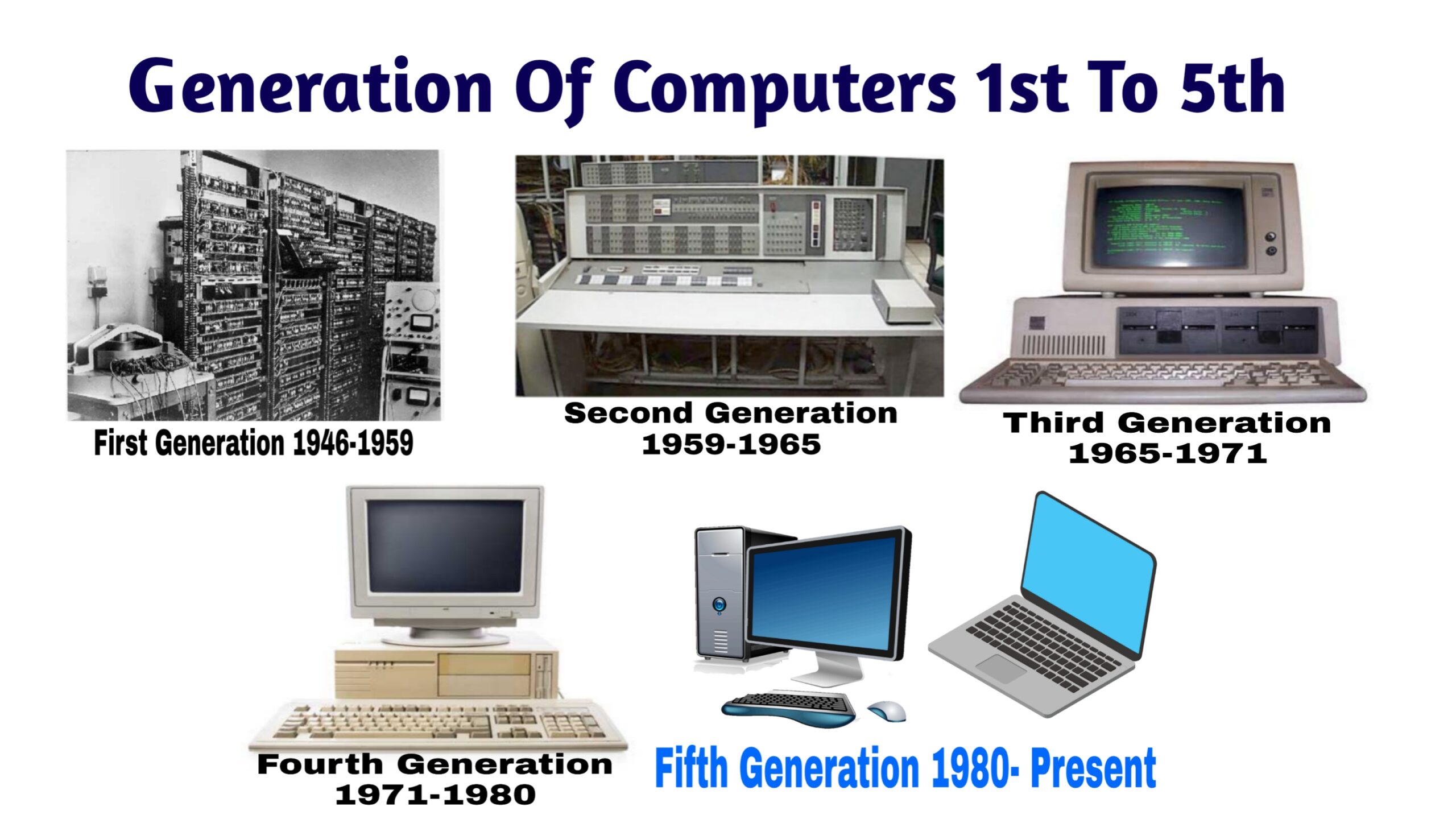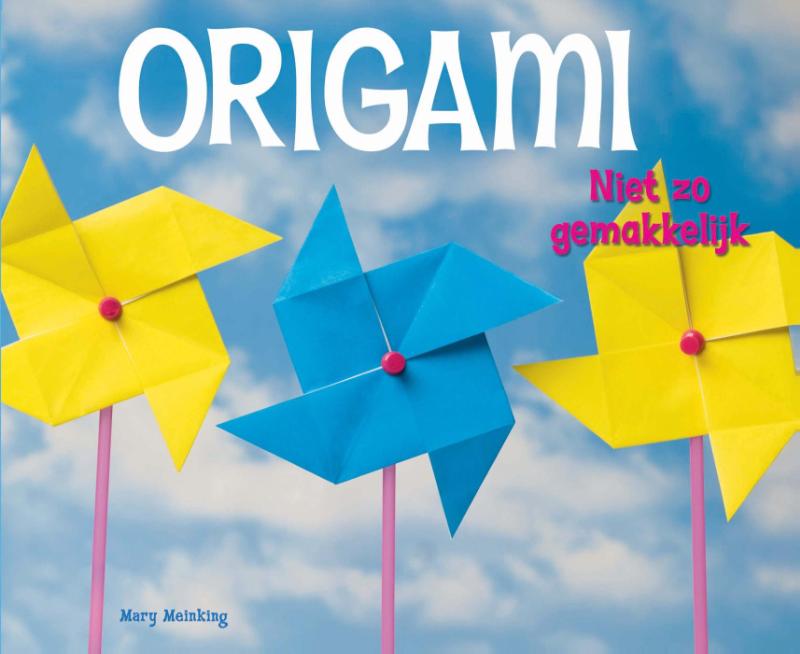I remember the thrill of folding my first origami crane as a child. The simple act of transforming a flat sheet of paper into something beautiful and intricate fascinated me. But little did I know back then that the world of origami was on the cusp of a digital revolution. Today, we’re witnessing the birth of a new generation of origami, one that blends traditional techniques with the power of computer-aided design and virtual reality. This fusion is unlocking exciting possibilities, not only for artistic expression, but also for scientific research and even potential applications in fields like engineering and medicine.

Image: mappingmemories.ca
The origins of origami may be rooted in ancient Japan, but its evolution is truly global. Now, with the Internet bridging continents and connecting enthusiasts worldwide, a new collaborative culture of origami is taking shape. This is where “Origami 2” comes in. It represents more than just a digital rendition of traditional paper folding. It encompasses a new wave of tools, techniques, and concepts that are redefining the very essence of this art form.
The Digital Fold: Reimagining Paper and Creativity
Origami 2 is about embracing the digital age to push the boundaries of what’s possible with origami. It leverages cutting-edge technology to unlock creative potential and explore new dimensions of this art form. From software like “Origami Designer” that allows users to design and render complex origami models to virtual reality platforms that offer immersive experiences, the digital landscape is empowering both seasoned origami veterans and aspiring beginners.
Digital Tools for a New Era of Origami
Gone are the days of solely relying on paper and human intuition. Now, origami enthusiasts can harness the power of digital tools to bring their creations to life. Software like “Origami Designer” and “Origami Simulator” provide virtual environments where users can experiment with different paper folds, create intricate designs, and generate folding instructions with precision. These tools are particularly valuable for tackling complex models and for exploring intricate geometric patterns.
Furthermore, the advent of 3D printing has opened up new avenues for origami. It allows creators to experiment with materials other than paper, leading to more durable and functional models. 3D printed origami structures are finding applications in fields like architecture, robotics, and aerospace engineering, where lightweight and deployable structures are in demand.
Beyond Paper: The Rise of Digital Fabrication
While traditional origami is inherently limited to paper, Origami 2 embraces a wider range of materials and fabrication techniques. The integration of digital tools allows for experimentation with fabrics, metals, and other materials, opening up a world of possibilities for artistic expression and functional applications.
This expansion beyond traditional paper opens up exciting possibilities for designers and engineers. Origami principles can be used to create structures that are lightweight, strong, and self-deploying, making them ideal for applications in areas like robotics, aerospace, and architecture.

Image: hb-webshop.nl
Expanding Horizons: The Practical Applications of Origami 2
The new generation of origami goes beyond mere aesthetics. It’s finding applications in diverse fields, including:
- Engineering: Origami principles are being used to create deployable structures that are lightweight and strong, ideal for use in satellites, bridges, and other applications where space constraints and efficient design are paramount.
- Medicine: Origami-inspired designs are being used to create flexible medical devices, such as stents and endoscopes, that can navigate narrow spaces in the body.
- Architecture: Architects are using origami principles to design innovative buildings with complex geometries and lightweight structures.
- Robotics: Origami-inspired robots can fold and unfold themselves, allowing them to perform tasks in confined spaces or adapt to changing environments.
The Future of Folding: A Fusion of Tradition and Technology
The rise of Origami 2 signifies a dynamic evolution of this ancient art form. It’s not about abandoning traditional techniques, but rather about enriching them with the power of technology. This fusion allows for greater accuracy, precision, and innovation, expanding the possibilities of what origami can achieve.
The future of origami is bright, as the digital realm continues to unlock new possibilities for creativity, artistry, and innovation. Whether you’re a seasoned origami master or a curious beginner, exploring the world of Origami 2 is an exciting journey waiting to be unfolded.
Tips for Embracing Origami 2:
Here are some tips for incorporating the digital side of origami into your practice:
- Explore online resources: Websites like “Origami Designer” offer digital platforms to design, fold, and share origami creations.
- Join online communities: Connect with other origami enthusiasts in forums and social media groups for inspiration and collaborative projects.
- Experiment with digital software: Use tools like “Origami Simulator” to visualize and experiment with complex folding patterns.
- Embrace digital fabrication: Explore 3D printing and other methods to create origami models with various materials and designs.
By embracing the intersection of traditional origami and digital technology, you can unlock a world of creative possibilities, unleash your imagination, and push the boundaries of what’s possible with the art of folding.
FAQ:
Q: What is the difference between traditional origami and Origami 2?
Origami 2 embraces digital tools and techniques in addition to traditional paper folding methods, allowing for greater accuracy, precision, and innovation in designs and material choices. It’s not about replacing traditional origami, but about enriching it with technology.
Q: How can I learn more about Origami 2?
Start by exploring online resources like “Origami Designer” and “Origami Simulator.” Join online communities, and browse forums and social media groups for inspiration and insights from other enthusiasts.
Q: What are some potential applications of Origami 2 in the future?
Origami 2 has vast potential in fields like engineering, medicine, and architecture. We may see innovative structures, medical devices, robots, and buildings that leverage the principles of origami for efficiency, strength, and adaptability.
New Generation Of Origami 2 Pdf
Unfold Your Creativity:
Have you ever explored the world of Origami 2? Whether you’re a seasoned folder or a curious beginner, the digital evolution of origami offers a world of possibilities waiting to be discovered.





